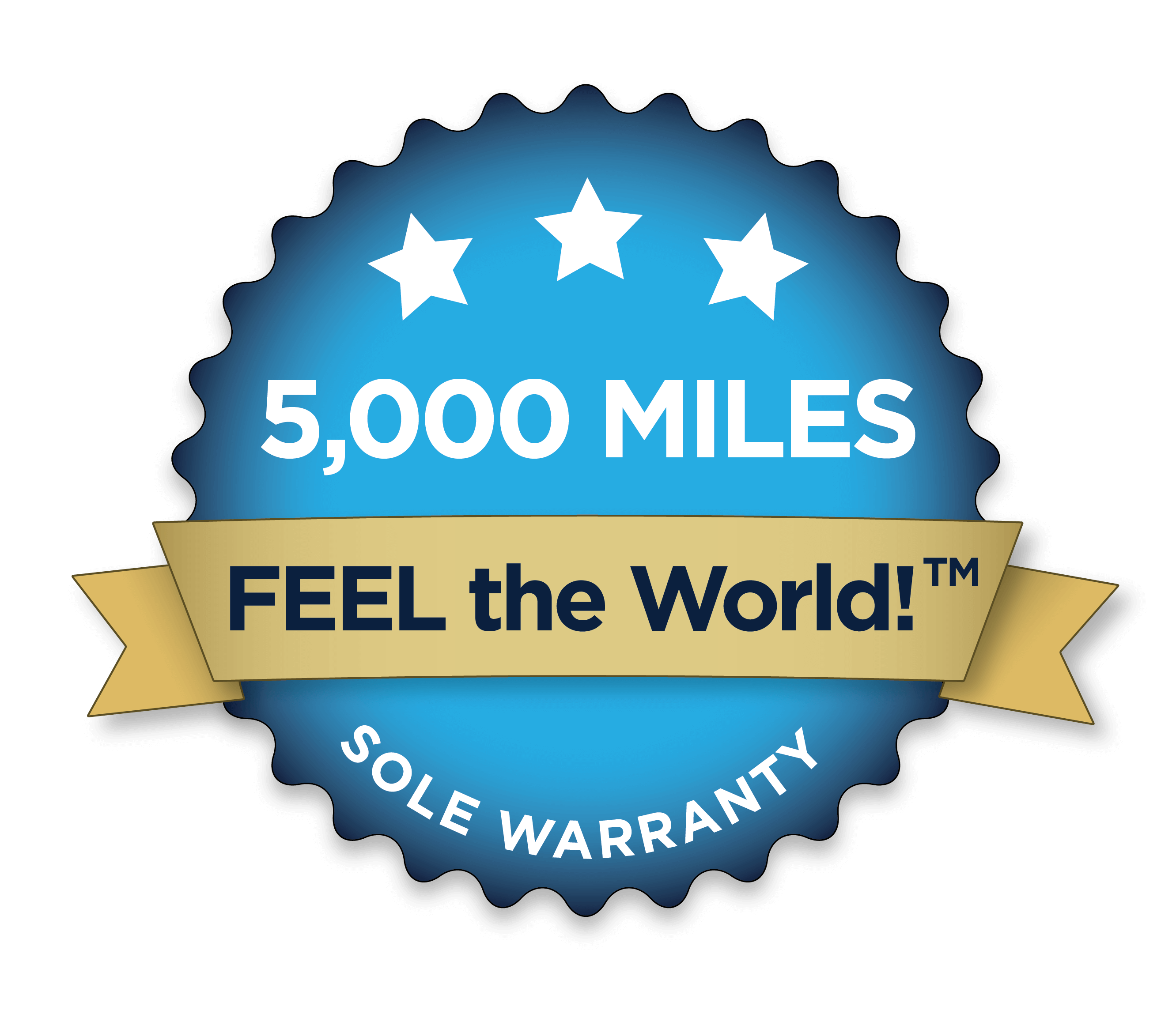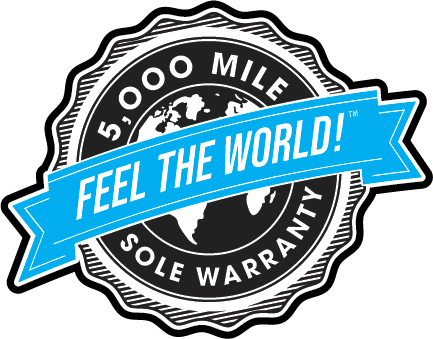About once or twice a week, someone emails me and asks:
Doesn’t the string between your toes hurt or cause blisters?
After crafting a number of long-winded answers, I finally realized the simplest one:
Remember, the Tarahumara Indians run in huaraches for hours and hours… sometimes for DAYS at a time.
Clearly, you couldn’t spend hours, or days, in barefoot running sandals if they caused damage to your feet.
That said, it doesn’t mean you can just put on some Invisible Shoes and go for a 24 hour run without a problem.
In the same way that you wouldn’t wear a new pair of running shoes for the first time on a 20 mile run, you don’t want to wear your huaraches too much until you know you’ve adjusted to them.
And “adjusting to them” means:
- Finding the right tension in the lacing
- Adjusting your stride since you can’t land hard on your heel
- Remembering that wearing huaraches is a LOT like being barefoot, but with a surface that’s really comfortable
What allows the Tarahumara (or anyone who is comfortable in huaraches) to go for a long time without any issues is a combination of factors. Since I’m in the mood for a list, let me list them: 😉
- With proper barefoot running form, you don’t put a lot of horizontal force on the ground. You don’t “pull” with your feet the way you can do with running shoes, or even with something like flip-flops. So, you don’t create the kind of force that leads to friction and abrasion.
- Since huaraches don’t offer the kind of padding that shoes or flip-flops or other sandals do, you’re less likely to overstride (whether you’re walking or running) and, again, you have less horizontal/abrasion-causing force. Oh, and you’re less likely to do it, because overstriding HURTS… so you quickly get the hint to CHANGE SOMETHING! 😉
I’m sure I left something off the list… suffice it to say, there’s nothing inherent in huaraches that should cause you any pain. Like most things in life, the problems arise when we overdo it, don’t listen to the signals from our body, or choose to argue with reality instead of adjusting to it.
The content of this post does not constitute and is not intended to be a substitute for professional medical advice, diagnosis or treatment. Always seek the advice of a physician or other qualified health provider with any questions or concerns you may have about your health or a medical condition.











 Fostering honest and responsive relationships between businesses and consumers.
Fostering honest and responsive relationships between businesses and consumers.













